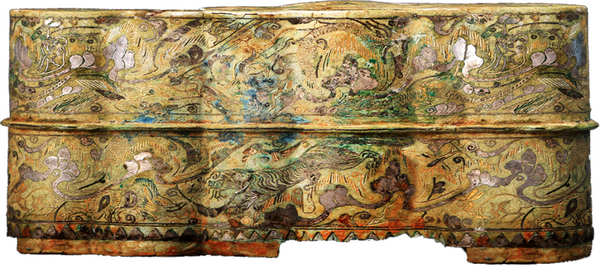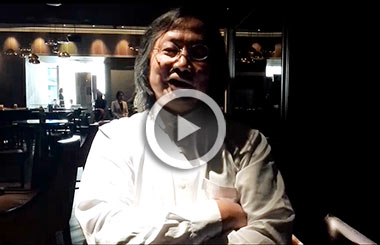Digging and diving deeper to reveal hydraulic projects and warships
By Lin Qi ( China Daily ) Updated: 2016-05-24 08:14:41
 |
|
Artifacts unearthed from the Marquis Haihun's tomb in Nanchang [Photo provided to China Daily] |
Tomb of Marquis Haihun, Nanchang, Jiangxi province
Liu He (92-59 BC), a dethroned Western Han emperor, is known to people today not only for his short-lived career as a ruler for only 27 days, but also because his well-preserved burial site was identified by archaeologists in March.
The excavations started in 2011, and since then around 10,000 artifacts, including objects made of gold, jade and bronze, have been unearthed.
Archaeologists say besides the eye-catching gold pieces, what also deserve attention, are hundreds of excavated bamboo writing slips that they have just started to decipher.
Warship Zhiyuan, waters off Dandong, Liaoning province
The Dandong No 1 was at the bottom of the Yellow Sea for more than a century before underwater archaeological exploration helped locate the ship in April 2014.
Archaeologists also identified it a vessel from the Beiyang Fleet of the Qing Dynasty (1644-1911), after their excavations revealed a large part of the ship's shell. More than 100 artifacts were recovered from the wreckage.
A broken ceramic plate helped confirm the ship's identity: It bears the ship's logo with zhi yuan written in the seal-character style of Chinese calligraphy.
The warship Zhiyuan was sunk by the invading Japanese during a fierce sea battle on Sept 17, 1894.
Research will be carried out on the wreckage to uncover more details of the First Sino-Japanese War and the final decline of the Qing Dynasty.
The Zhiyuan find also opens a new chapter in China's underwater archaeology, paving the way for more shipwrecks from the late 19th century and the early 20th century to be discovered and studied.
|
|
|
|
|
|
|
|
























 Raymond Zhou:
Raymond Zhou: Pauline D Loh:
Pauline D Loh: Hot Pot
Hot Pot Eco China
Eco China China Dream
China Dream China Face
China Face





